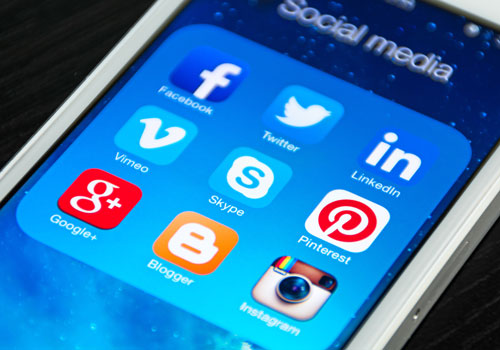Socialised learning environments
McManus, (2003) points out that Web 1.0 was a read-only experience where users sought out and downloaded information, whilst Web 2.0 can be considered as a ‘read-write’ experience and so quite a different contributing element to education. Web 2.0 tools such as social media are not just about sharing information and knowledge, in the educational context they are also about creating information and re-purposing existing information in a socialised learning environment.
The take-off of social media around the world has demonstrated the willingness of young and old to connect with their peers in a personal social environment. This can also be translated into the classroom for educational purposes by developing learning communities in which students support and encourage each other and peer review each other’s understanding and reflect on their subsequent learning (Leach, 2013). The starting point of the ‘millennials’ (Howe & Strauss, 2003) coming into education is Twitter, Facebook, Google, Youtube, Minecraft (and other multi-player collaborative environments). This means that peer-to-peer communications in a social environment is already a familiar concept and so it is just a short step to the establishment of a socialised learning community.
Web 2.0 services such as Social Media allow a modification to the learning experience whereby knowledge acquisition becomes a production orientated, participative process based around problem-solving and ‘learning by doing’ in a socialised community of learners (Bonk et al, 2009; McLoughlin & Lee, 2010).
